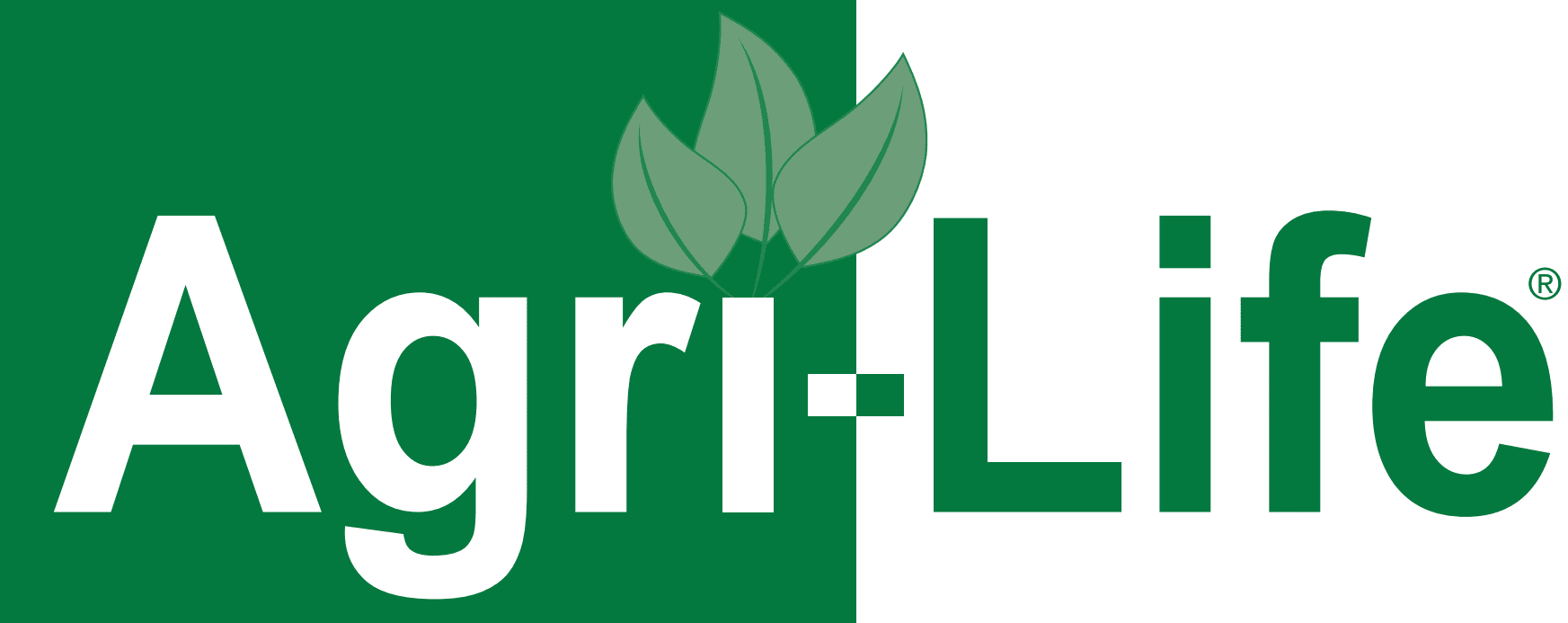Biological Fish Ponds and Aquaculture Systems
Before treating ponds containing fish with Agri-Life®, measure total alkalinity (not hardness or pH). The toxicity of copper to fish increases as the total alkalinity decreases. Sensitivity to copper varies between fish species. For copper sensitive species, do not exceed 0.06 ppm metallic copper. When algae concentrations are high, to avoid suffocation of fish after treatment, either treat in a series of smaller doses over time or have emergency aeration available. Apply at the rate of 1/4 to 1/2 gallon of Agri-Life® per acre ft. (326,000.00 gal.) per acre foot (326,000 gallons) of water to yield concentrations ranging from 0.05 ppm to .09 ppm metallic copper, respectively.
Metallic copper concentration is directly proportional to amount of Agri-Life® added per acre-foot. A maintenance dose of 4 to 8 ounces per acre-foot may be used every 14 days. The rate is dependent on water temperature, fish density arid the degree of suppression targeted.
Computation for Aquacultural Ponds of Amount of Agri-Life® Applied to One Acre Foot (12 Inches Deep)
| Gal. (lbs. Cu2+/A) of Agri-Life® | Gallons of Water | Copper ppm |
|---|---|---|
For use in controlling algae in catfish ponds, copper can be applied throughout the spring and summer when water temperatures are consistently above 70° F when total alkalinity and hardness concentrations fall between 100 and 300 mg/L as CaCO3.
Applications are no longer needed in the fall after sh are harvested or the average water temperatures fall below 70°F. Apply mid-morning at a rate of
